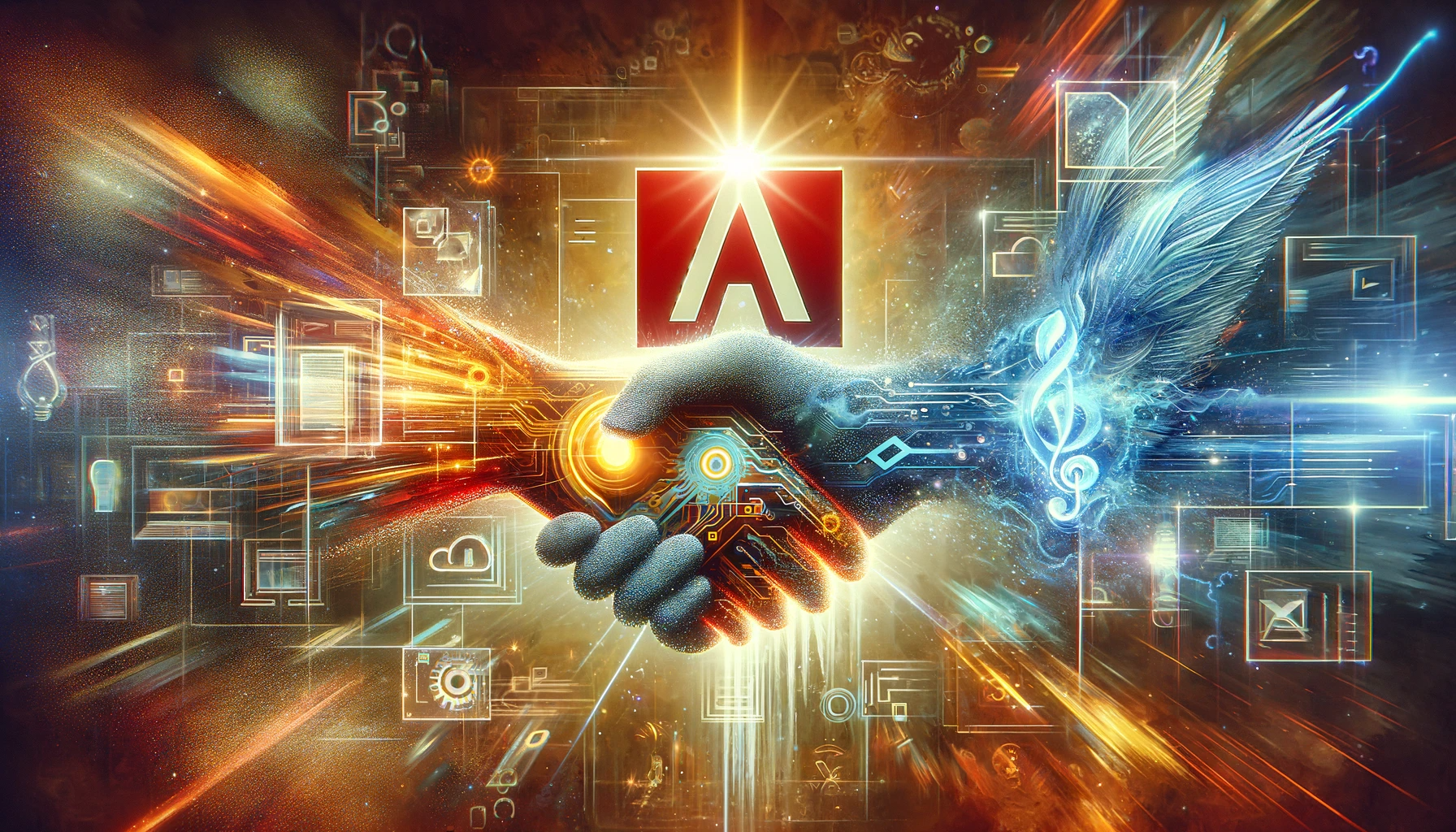As the five-day power struggle at OpenAI reaches its conclusion with Sam Altman’s reinstatement, Adobe is gearing up to enhance its generative AI capabilities. According to a report from the Economic Times, the software giant has internally announced its acquisition of Rephrase, a California-based company specializing in text-to-video technology.
While the exact financial details of the deal remain undisclosed, this move is poised to strengthen Adobe’s suite of Creative Cloud products, which have steadily incorporated generative AI improvements over the past year. In particular, Rephrase will enable Adobe to empower its customers to effortlessly produce professional-quality videos from text inputs.
CEO Ashray Malhotra of Rephrase disclosed the acquisition through a LinkedIn post but refrained from explicitly naming Adobe, referring to the acquiring entity as a “leading tech giant.” When pressed for further details, he cited limitations on sharing information at this stage.
What Rephrase brings to the table: Established in 2019 by Ashray Malhotra, Nisheeth Lahoti, and Shivam Mangla, Rephrase offers enterprises access to Rephrase Studio, a platform enabling users to create polished videos featuring digital avatars in mere minutes. The process involves selecting a video template, choosing an avatar along with the desired voice, and adding the necessary content.
Upon initiating the rendering process within Rephrase, the platform automatically combines all elements, synchronizing the script with the chosen avatar. Users can enhance their content’s naturalness through various customization options, such as resizing avatars, altering backgrounds, adjusting pauses between words, or incorporating custom audio.
Over the past four years, Rephrase has amassed over 50,000 customers and secured nearly $14 million in funding from multiple investors, including Red Ventures and Lightspeed India. Initially known for enabling enterprises and influencers to create custom avatars for personalized business videos, the acquisition will now bring these capabilities, along with a significant portion of the Rephrase team, into Adobe’s fold, bolstering their generative AI video offerings.
Ashley Still, Senior Vice President and General Manager for Adobe Creative Cloud, wrote in the internal memo, “The Rephrase.ai team’s expertise in generative AI video and audio technology, and experience-building text-to-video generator tools, will extend our generative video capabilities—and enable us to deliver more value to our customers faster— all within our industry-leading creative applications.”
When VentureBeat reached out to Adobe for comment, a spokesperson declined to provide additional insights into the development or how Rephrase’s tools will complement Adobe’s product portfolio.
Adobe’s Strong Embrace of AI: In recent months, Adobe has been at the forefront of advancing generative AI with several product updates. It introduced Firefly, an AI engine for image generation, which was integrated across Creative Cloud products like Photoshop. This innovation allowed users to manipulate images by describing changes in plain text.
Furthermore, at its annual Max conference last month, Adobe showcased various experimental generative AI-powered video features, including upscaling videos, changing textures and objects through text prompts, and compositing subjects and scenes from separate videos. While the timeline for the incorporation of these features into future releases remains uncertain, Rephrase’s digital avatar-based capabilities appear to be a promising addition.
Ashray Malhotra expressed his excitement for the future of Generative AI, emphasizing that it’s still in its early stages. Adobe Creative Cloud, known for decades as the dominant platform for digital art and media, currently offers six main products for audio and video-related work: Premiere Pro, After Effects, Audition, Character Animator, Animate, and Media Encoder. These tools are used by both professionals and amateurs to create, edit, and share digital content, leaving a lasting impact on online communities and trends through countless memes, parodies, and viral art.







Leave a Reply